We caught up with the brilliant and insightful Jesseca Ynez Simmons a few weeks ago and have shared our conversation below.
Alright, Jesseca Ynez thanks for taking the time to share your stories and insights with us today. We’d love to hear the backstory behind a risk you’ve taken – whether big or small, walk us through what it was like and how it ultimately turned out.
Finding your voice can be taking a risk.
One of the biggest risks I’ve ever taken revolves around my thesis film in graduate school called EMERALD ICE (2016). I was attending Northwestern’s MFA in Documentary Media program, and while my cohort also put forth films that were playing with the genre, my film was often called out for not being a documentary at all because the overwhelming majority of the film consists of visual interpretations of the poet’s work. The thing that gave me permission and intrigue to make a documentary in this way was the poet’s official bio. She said that everything we needed to know about her is in her books, but she doesn’t make it clear what’s fact and fiction; instead, she lets it all blur together. The first risk was taking a very large swing in experimenting with the documentary format.
Free to watch film here: www.jessecaysimmons.com/portfolio#/emerald-ice/
Log Line: Emerald Ice is a cinematic journey exploring the mind of the American poet Diane Wakoski.
More about the making of the film: https://www.escapeintolife.com/film-shorts/jesseca-ynez-simmons-on-diane-wakoski/
So not only was I pushing the bounds of documentary, it was an ambitiously visual project, and I had never attempted anything of this caliber before. I traveled thousands of miles to shoot on location with just one other crew person. I envisioned scenes that I had to figure out how to technically capture in the same way that I saw in my mind. It felt very exciting; in hindsight, I saw myself taking extreme budgetary constraints and making something very beautiful.
There is a scene in the film where I wanted to light a piano on fire, which represents a specific risk and how I wanted to capture intense imagery. I remember pitching this metaphorical idea to an extremely prominent guest speaker who was consulting on our projects, a big-name documentarian, and I’ll never forget the look that he gave me when I finished my pitch. He looked at me with a blank stare and said, “I’d like to see you try and make that work,” and that was his consultation. It wasn’t cruel or discouraging at all, but I do think the tools he was used to using didn’t apply to me, so he moved on to the next student.
The logistics for this shoot were so immense, and because it was extremely dangerous, I took my time to make sure it was both a sanctioned and safe experience. I was inspired to make something different, and this excitement helped me through the process of finding a piano (on Craigslist for 50 bucks), finding a small town with less red tape than bigger cities (my parents’ backyard in the middle of nowhere Indiana), and a small team that I trusted. Safety was my biggest concern, so we shot in the spring after a rainstorm, as opposed to filming during the dry post-summer conditions. The local volunteer firefighters in this small town were on call, sanctioned this shoot, and couldn’t wait to see the footage, and it was glorious. Interviewing someone about love and heartbreak is powerful, but watching a piano on fire and hearing the strings break brings visceral knowledge.
Essentially, this whole project represents risk to me: It was a risk in trying to find my voice, and it was overall a risky film to make. Here is another example of how I got an expensive-looking shot for free: https://www.tiktok.com/@medusadocumentary/video/7246791956355943723
I do very much consider this film a work of documentary because although we don’t learn a lot about the facts of the poet’s life, the audience walks away with an emotional understanding of this person. I started calling EMERALD ICE a “docufantasy,” and I like to think that all of my work falls under this broad term in some way.
Ultimately, this risk paid off for me because it taught me that in a documentary someone’s inner life is just as important as their outer life. The expectation with documentaries is leaning into the things we can see, record, and capture with our cameras here and now, which are all very important, but I believe there is beauty that is sparking more than what we can see on the day to day. This revelation has helped me to further explore my voice, which I’m constantly discovering, and it’s an ongoing process. I don’t want to repeat myself either, so trying new things is inherently taking a risk.
In terms of my career, the ambitious cinematography has helped tremendously as a portfolio piece and has helped me secure jobs. Additionally, the film was recognized by the American Society of Cinematographers (as a work of fiction). This film did teach me that I, as the artist, may think it is a documentary for certain reasons, but ultimately gatekeepers need to be on the same page. The film did not play at many documentary film festivals and was mostly characterized as an experimental film or a fiction film. This frustrated me at the time, but I’ve come to look back on that with a kind of pride (I would, however, rethink my distribution strategy). Not sure what box you need to be placed in is very exciting and risky territory.
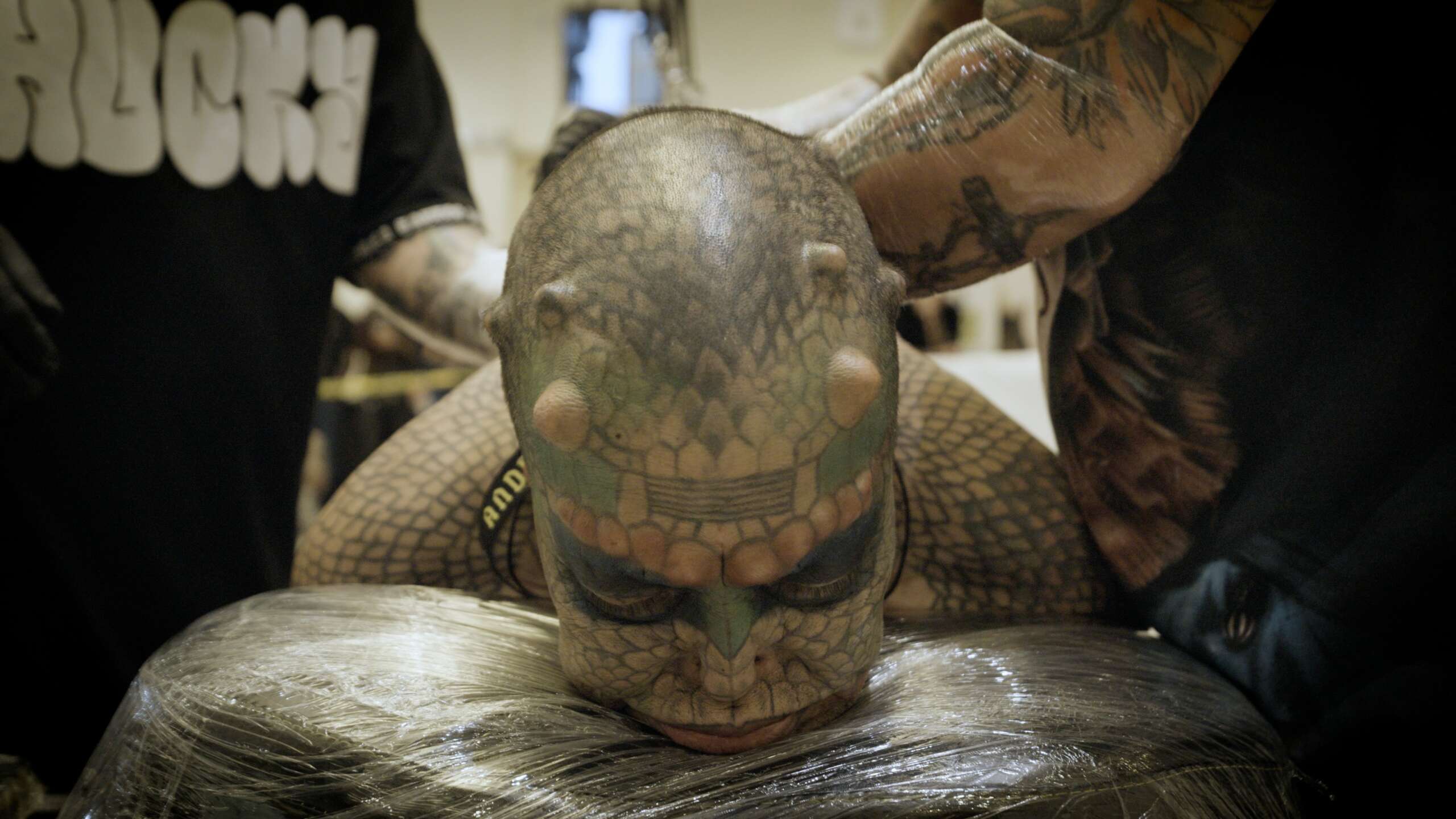
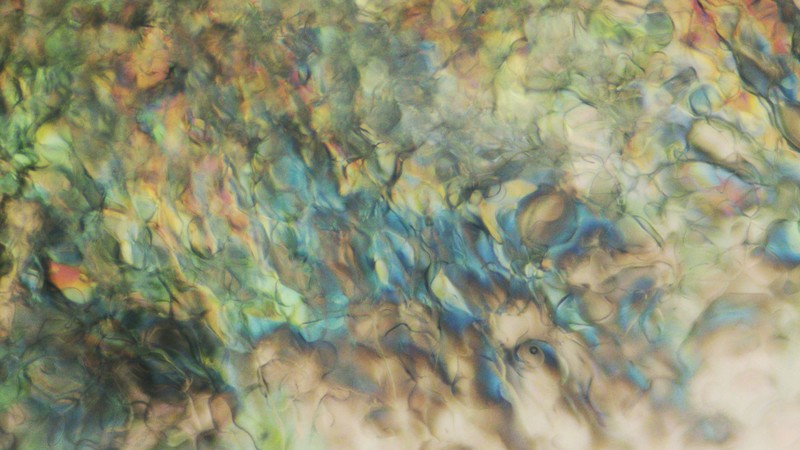
Jesseca Ynez, love having you share your insights with us. Before we ask you more questions, maybe you can take a moment to introduce yourself to our readers who might have missed our earlier conversations?
My relationship with filmmaking has been a journey of self-exploration through the prism of present-day issues that matter to me and the world. While I’ve never appeared in any of my work, it is always deeply personal. Growing up exposed to substance abuse and domestic violence—and witnessing my mother’s strength—had a profound influence on me. Despite initially aspiring to become a lawyer, I found myself captivated by the power of creative imagination and the potential of art to effect positive change. After completing my BA in Politics at the University of CA Santa Cruz, this led me to pursue an MFA in Documentary Media at Northwestern University.
This pursuit has driven me to explore the boundaries of the documentary genre and the intersecting realms of reality and fantasy. For me, the most authentic documentary emerges when the manner of creation mirrors the content in some way, or vice versa. I am fascinated by how issues, ideas, and individuals are represented in documentaries, often experimenting with the forms they take.
I strive to remain flexible and attuned to the needs of the story, characters, and ideas within each film. Acknowledging the inherently unique nature of our perception of the world, I push these boundaries by allowing narrative and experimental cinematic techniques to blend into my work. My approach and subtleties vary from one film to another, depending on the intended audience and subject matter. For example, in my forthcoming feature documentary, “MEDUSA,” I am challenging and reimagining the traditional narratives surrounding the iconic character of Medusa. Drawing inspiration from the power of storytelling and the transformative nature of myth, I delve into Medusa’s story, uncovering its complexities related to gender equity, violence, and representation. Perspectives from classicists, artists, curators, and sexual assault experts converge to create a dynamic and profoundly moving portrait of Medusa that defies conventional retellings and challenges harmful structures of power.

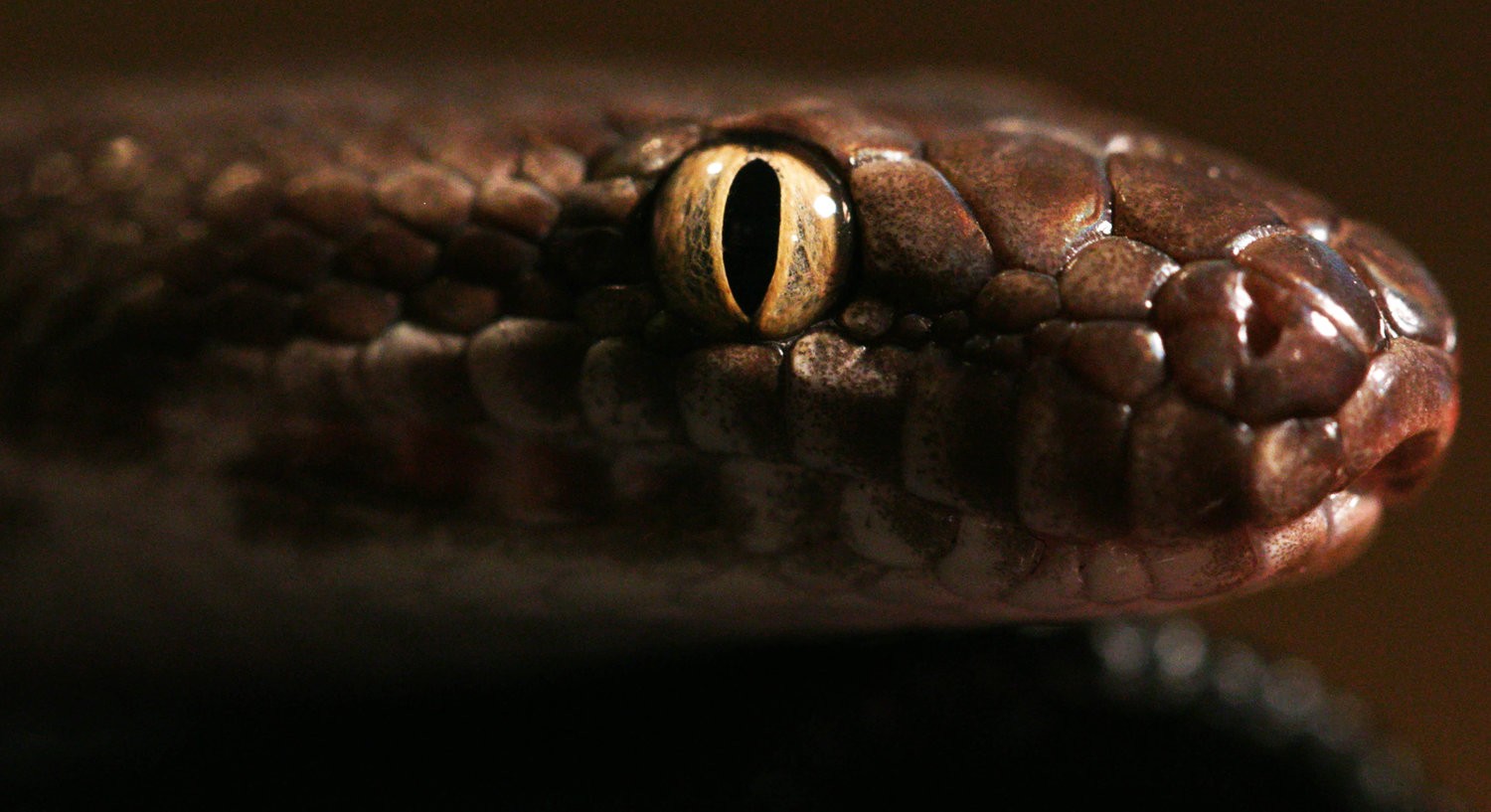
Can you share a story from your journey that illustrates your resilience?
When the world ground to a halt during the Covid-19 lockdown, countless projects were put on indefinite pause. Like many others, I found myself longing to return to the vibrancy of the film set, but safety concerns kept me indoors for a long time. Determined to channel my passion for cinematography into a new endeavor, I delved into the world of microscopy, which I knew absolutely nothing about.
At first, my exploration of microscopy was purely a means of satisfying my curiosity and escaping the complexities of the outside world. Almost in ritual form, I would gather random specimens from around the house and yard, immersing myself in the unseen beauty revealed by intense magnification. Initially, I had no intention of incorporating microscopy into my filmmaking toolkit; it was simply a refuge for my imagination.
Months of trial and error followed, with each experiment yielding valuable insights and occasional mishaps (okay, maybe more than occasional). However, as I continued to experiment and refine my techniques, I began to see the potential for incorporating microscopic imagery into my filmmaking projects. In 2021, I released my first microscope project, Parts Per Million.
Link to PPM: https://www.jessecaysimmons.com/portfolio#/parts-per-million/
Parts Per Million utilizes microscopic imagery to contemplate the beauty of the ocean and the devastating effects of climate change from a hidden perspective. While the visceral qualities of these microscopic frames are inherently captivating, they remain invisible to the naked eye. Despite the countless failures and setbacks encountered along the way, the excitement of peering into this invisible world fueled my determination. In each drop of water captured under the microscope, I saw echoes of larger environmental narratives—stories of heat, sea level rise, and glacial erosion. By magnifying these seemingly mundane elements, I was able to share my perspective on our current climate crisis in an intimate and compelling manner.
Everyone has their Covid story, and this is just one facet of mine. For many of us, it was a time of great loneliness, isolation and depression. Amidst the uncertainty of the pandemic, the microscope became my sanctuary, and now is deeply ingrained in my aesthetic sensibilities. Through Parts Per Million, I found a way to convey my concerns for the environment in a unique manner, exploring the intersections of science, abstraction, and imagination. I am currently in post production on my second film using a microscope called Heaven in a Wildflower, which centers on how pesticide use affects bees.
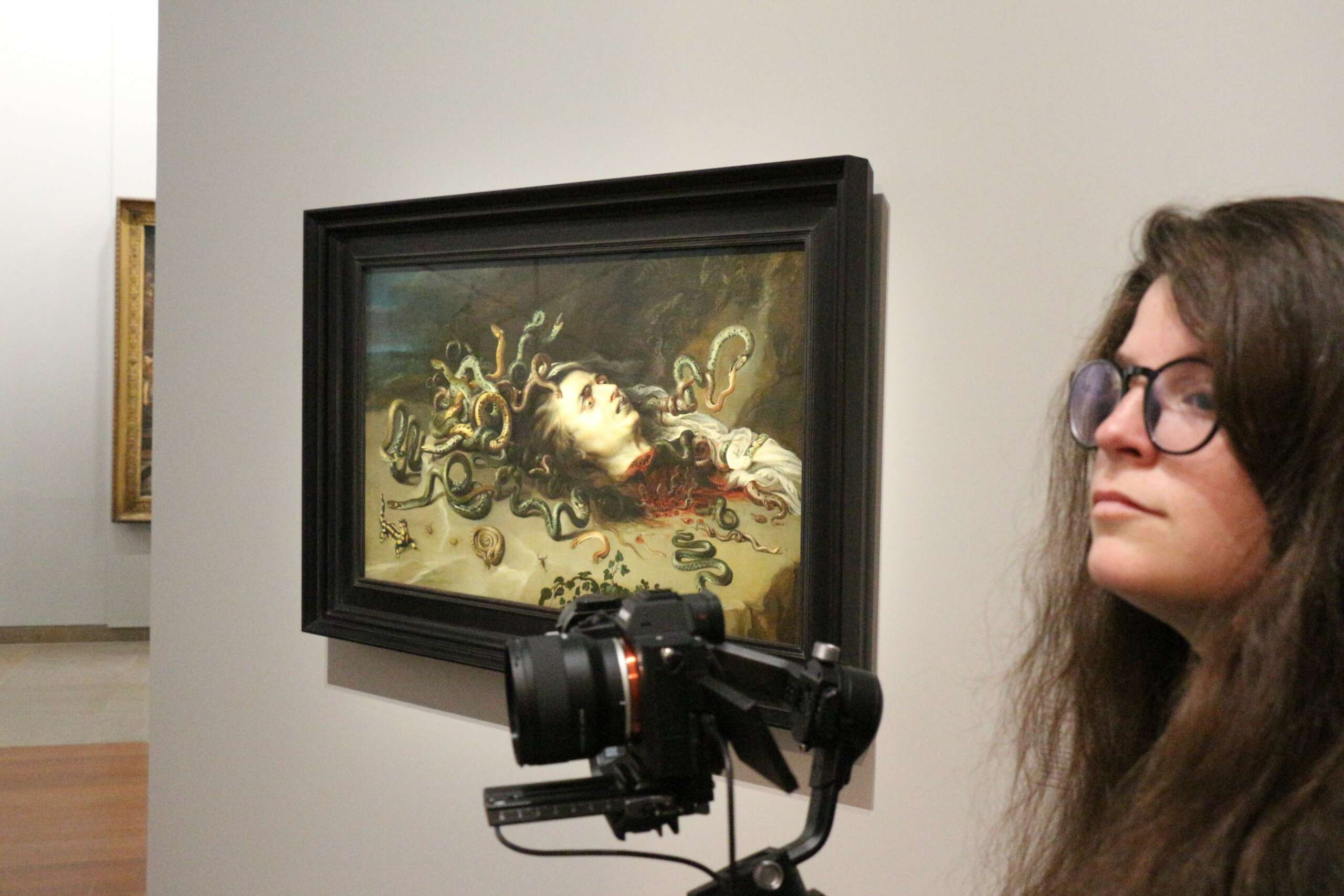

We often hear about learning lessons – but just as important is unlearning lessons. Have you ever had to unlearn a lesson?
Unlearning what “Success” looks like.
Reflecting on my journey as an independent filmmaker and artist, one of the most significant lessons I’ve had to unlearn is the conventional notion of success, particularly as it’s portrayed in our U.S. culture and perpetuated by Hollywood. Coming from a background where just getting into college felt like a miracle due to issues at home, I eagerly embraced the opportunity to immerse myself in my craft. Collaborating, utilizing resources, and leaving graduate school with high hopes of breaking into the industry. Since that time, I’ve realized the stark reality: despite my passion, dedication, and track record, I hadn’t yet been paid to direct anything. Money is probably the most looked at metric for success, however, I don’t believe that the aforementioned realization negates my work, nor my ambition.
For over a decade now, directing films has remained my primary focus, even though financial survival has often depended on leveraging my technical skills in cinematography, editing, teaching, and screening fees. To people outside the industry, it’s a common misconception that success in the film world follows a straightforward path—if you do X, you’ll achieve Y. In truth, getting a film made, let alone making money from it, is incredibly challenging within the flawed landscape of independent filmmaking and distribution. The harsh situation is that substantial growth in this field often hinges on factors like power, money, fame, stamps of approval from industry gatekeepers, nepotism, and luck, leaving many talented individuals struggling to break through.
One of the most significant hurdles I’ve faced is unlearning society’s narrow definition of success, particularly in an era dominated by social media where everyone showcases their wins while concealing the setbacks and failures. I’m guilty of this, too. Being an artist inherently means putting oneself and one’s work out there, inviting both praise and rejection. It’s a very vulnerable position to be in, exacerbated by the pressure to measure up to idealized standards of success perpetuated by the visibility of online platforms, family/friends expectations, or just the desire to be able to afford to go on vacation.
It’s been years since I’ve started to think about success more abstractly, and it’s also coincided with the production of my first full length feature documentary, MEDUSA.
Summary of the Film: Medusa, an iconic snake-headed symbol of tragedy and transformation, captivates with her stone-turning gaze. In the wake of the #MeToo Movement, a viral sculpture disrupts traditional portrayals of Medusa, sparking societal reflection. Tiamat Legion Medusa, one of the most body-modified trans individuals in the world, shares her healing journey, while a diverse chorus of voices examines Medusa’s myth. Celebrating Medusa’s transformative power, this documentary invites audiences to redefine her narrative.
As of right now, I’ve worked on this project for six years… and if I remain on schedule with a 2025 premiere date, that means it’ll be 7 years from the initial dream to the big screen. During this time my goals and what I thought success was has evolved. I’ve had to ask myself some hard questions: (1) What does intimate/private/internal success look like for me as an artist? If X Project doesn’t break through the way I intend it to, what is the kind of success that will keep me motivated to stay with this competitive craft?
Initially, I criticized myself for the extended timeline, but upon viewing the first rough cut, I realized its necessity. This ambitious independent project, primarily self-funded, and spanning seven different countries, required the time to fully explore its complex subject matter. As I begin approaching gatekeepers with this film, I feel immense pride and love. Even if it doesn’t achieve the highest metrics for traditional success, I love this film and I wouldn’t alter it’s journey. However, it is worth acknowledging out loud that these traditional metrics for success are important to the sustainability of this practice and aren’t fully negated by expanding the meaning of success. Still, as I near completion of MEDUSA, I reflect on how this project has transformed me as a person (artistically this is a huge success for me, to be changed by your art). The experience of making MEDUSA has further shown me the power of being creative with limited resources, staying true to my voice, and the importance of fueling myself up to embark on similar ventures in the future.
Redefining success on my own terms has been an ongoing journey—one that I’ve had to grapple with as I navigate the complexities of the industry and confront its systemic challenges for independent filmmakers. While I could delve into the broken aspects of the system, I’d rather focus on my takeaways.
Personal Revelations about Success:
– Success can be internal, reflective of growth, and a further understanding of yourself and society.
– It’s okay if people don’t understand your version of success as long as it works for you and doesn’t negatively impact others.
– Everyone’s path is different. Be happy for others’ success, while believing yours are just around the corner.
– Invest in your sustainability. Whatever that means to you. For me, it means cultivating a community. Filmmaking can be lonely, so we need our people who we turn to for help, and/or to vent.
– We should talk about our failures and anxieties to help normalize more realistic routes towards success.
– If you’ve never had to think about success in this way, you’re probably in a position to help someone achieve their dreams. We’re all in it together!

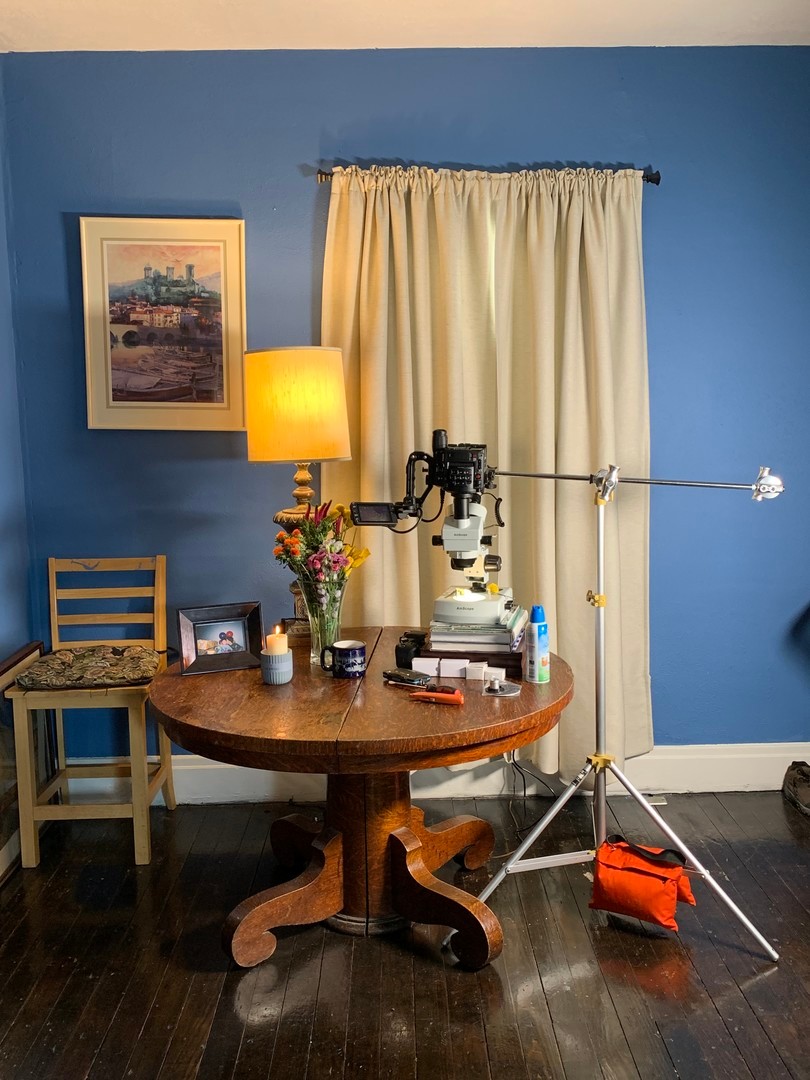
Contact Info:
- Website: https://www.jessecaysimmons.com/
- Instagram: https://www.instagram.com/jessecaynezsimmons/
- Facebook: https://www.facebook.com/jesseca.simmons.1/
- Linkedin: https://www.linkedin.com/in/jesseca-ynez-simmons-245875119/
- Other: Vimeo: https://vimeo.com/jessecasimmons IMDB: https://www.imdb.com/name/nm3680952/
Image Credits
Cover Photo “Behind the Scenes_Filmming DIGGING FOR LIFE” was taken by Collin Susich Behind the Scenes Photo “Jesseca Filming for Medusa” was taken by Jacob Miramontez STILL from MEDUSA “Tiamat Legion Medusa” was taken by Aquiles Fernandez All others were taken by Jesseca Ynez Simmons.


